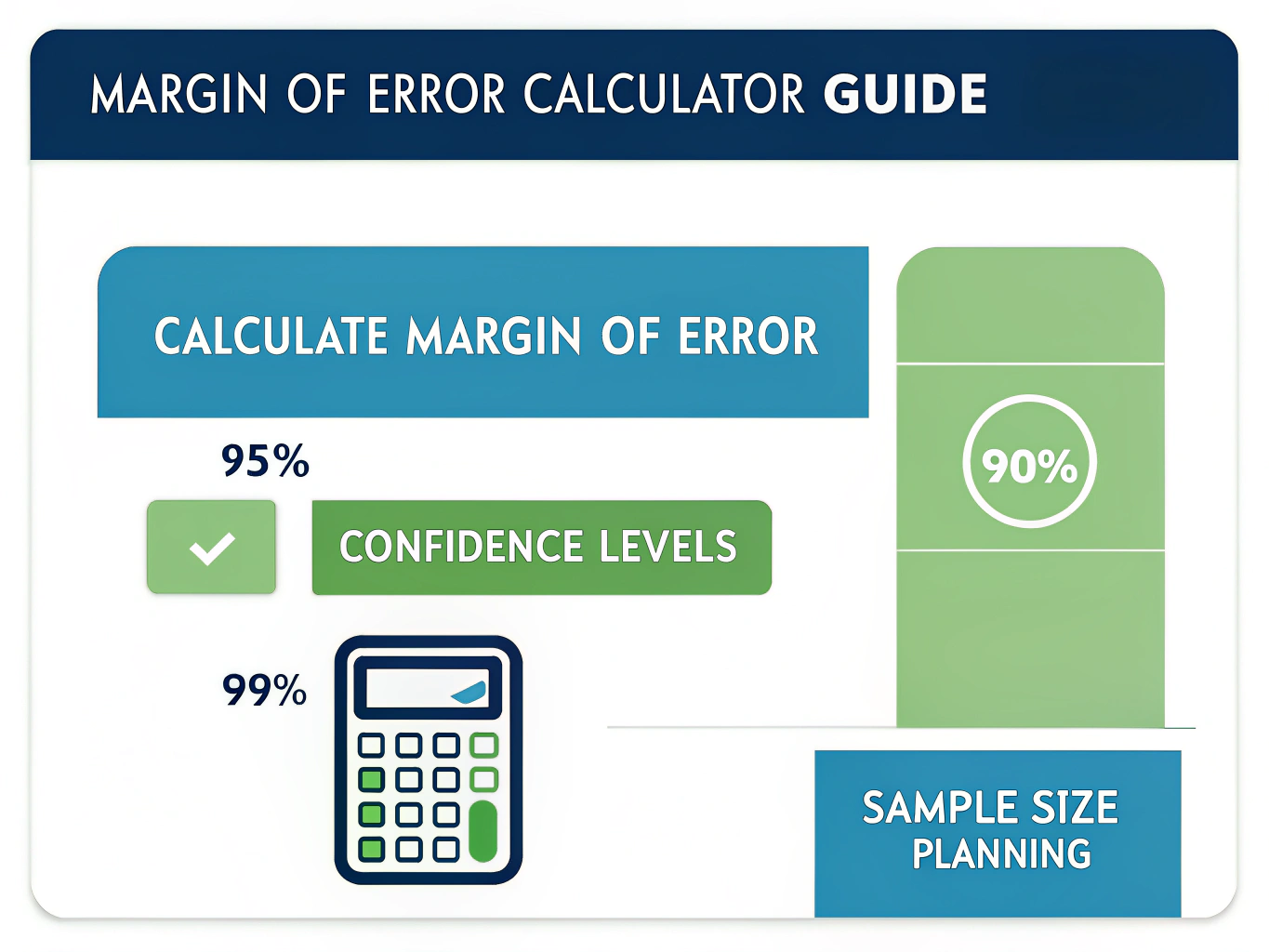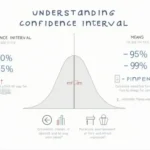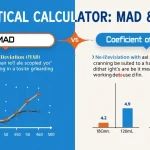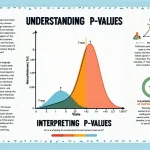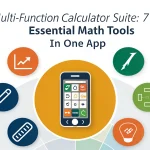Margin of Error Calculator
Calculate margin of error or required sample size for statistical studies
Choose whether to calculate margin of error or required sample size
Select the type of statistical parameter you're estimating
Higher confidence levels result in larger margins of error
Number of observations in your sample (minimum 2)
Observed proportion as decimal (0-1). Use 0.5 for maximum margin of error
Known population standard deviation (must be positive)
Sample standard deviation (must be positive)
Your sample estimate to display confidence interval (Optional)
Target margin of error (as decimal for proportions, or in same units as mean)
Expected proportion (0-1). Use 0.5 for conservative estimate
Expected population or sample standard deviation
Total population size (use when sampling without replacement from small populations)
Results
Is this tool helpful?
How to use the tool
- Select Calculate Margin of Error or Calculate Required Sample Size.
- Choose the scenario: Population Proportion, Mean (σ known), or Mean (σ unknown).
- Enter your data:
- Example 1 (proportion): n = 250, p̂ = 0.38, confidence = 90 %.
- Example 2 (mean): n = 75, σ = 6.2, confidence = 99 %.
- Tick “Finite Population Correction” and add N if your sample is >5 % of the population (Cochran, 1977).
- Press Calculate; the result panel shows MOE, standard error, critical value and, if you supplied a point estimate, the full confidence interval.
Example calculations
- Example 1 output: MOE ≈ ±5.3 %; 90 % confidence interval for 0.38 is 0.327-0.433.
- Example 2 output: MOE ≈ ±1.49 units; 99 % interval for 47.5 is 46.01-48.99.
Quick-Facts
- Z-score for 95 % confidence: 1.96 (ISO 3534-1:2006).
- Maximum conservative MOE for a proportion occurs at p̂ = 0.5 (Agresti, 2018).
- Finite Population Correction applies when n/N > 0.05 (Cochran, 1977).
- Sample size doubles when you halve MOE, all else equal (Fowler, 2014).
FAQ
What is margin of error?
Margin of error is the largest expected difference between a sample estimate and the true population value at a chosen confidence level (ISO 3534-1:2006).
How does the calculator find MOE for proportions?
It multiplies the standard error $$\sqrt{p(1-p)/n}$$ by the relevant z-score, then applies a finite-population factor when requested (Agresti, 2018).
When should I use the t-distribution?
Use t instead of z when estimating a mean with an unknown σ and n < 30; critical values widen to reflect extra uncertainty (Sheskin, 2020).
Why does p̂ = 0.5 give the largest required sample?
The product p(1 − p) peaks at 0.25 when p = 0.5, maximizing variance and therefore the sample size formula denominator (Agresti, 2018).
How large should my survey be for ±3 % at 95 %?
For p̂ = 0.5, the tool returns n ≈ 1 067, matching AAPOR guidelines for national polling (AAPOR, 2021).
Can I reuse a sample size when confidence changes?
No. Increasing confidence from 90 % to 99 % requires roughly 2× the respondents because the z-score rises from 1.64 to 2.58 (ISO 3534-1:2006).
Does the calculator support stratified samples?
It handles overall MOE only. For strata combine weighted variances or run the tool separately per stratum (Lohr, 2019).
Is the tool free?
Yes—no account, ads, or download needed. “Open, transparent calculators improve statistical literacy” (UN Stats Div., 2020).
Important Disclaimer
The calculations, results, and content provided by our tools are not guaranteed to be accurate, complete, or reliable. Users are responsible for verifying and interpreting the results. Our content and tools may contain errors, biases, or inconsistencies. Do not enter personal data, sensitive information, or personally identifiable information in our web forms or tools. Such data entry violates our terms of service and may result in unauthorized disclosure to third parties. We reserve the right to save inputs and outputs from our tools for the purposes of error debugging, bias identification, and performance improvement. External companies providing AI models used in our tools may also save and process data in accordance with their own policies. By using our tools, you consent to this data collection and processing. We reserve the right to limit the usage of our tools based on current usability factors.
